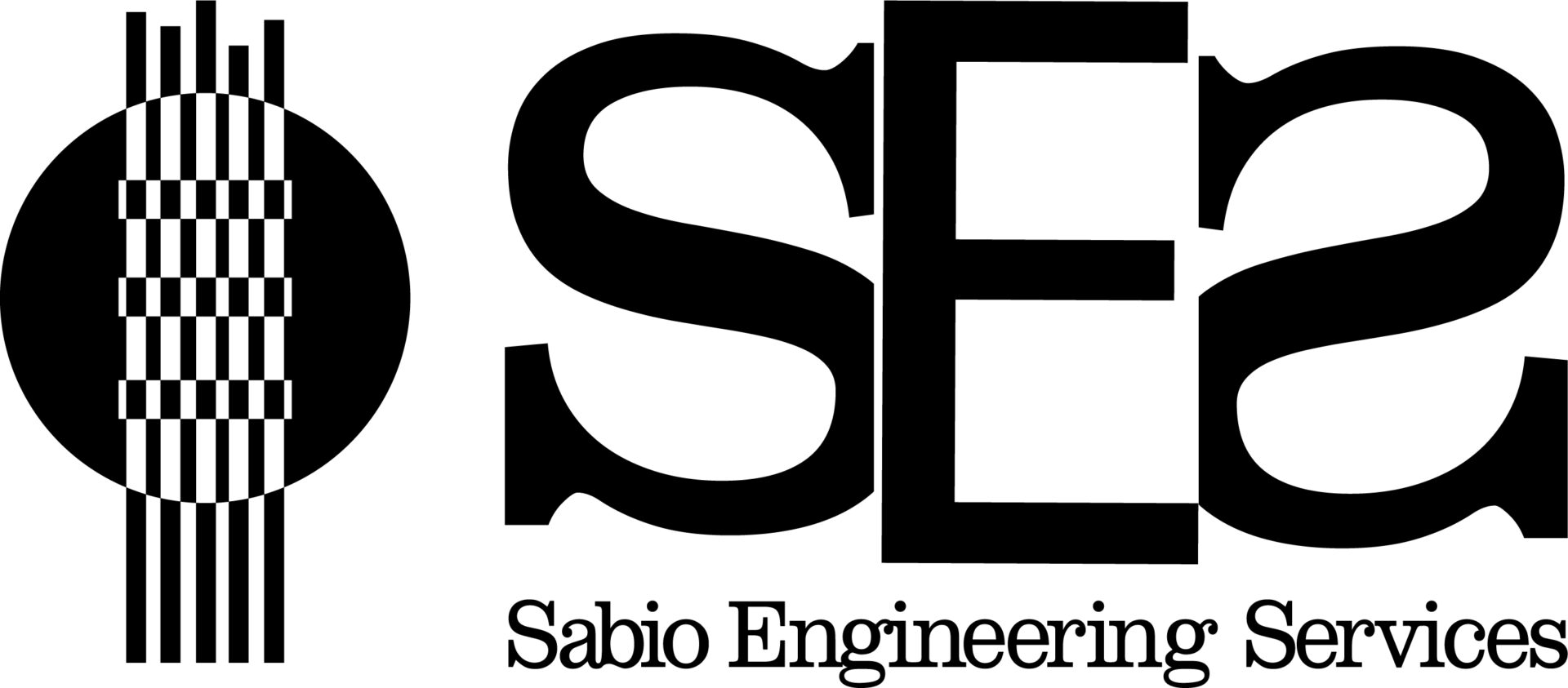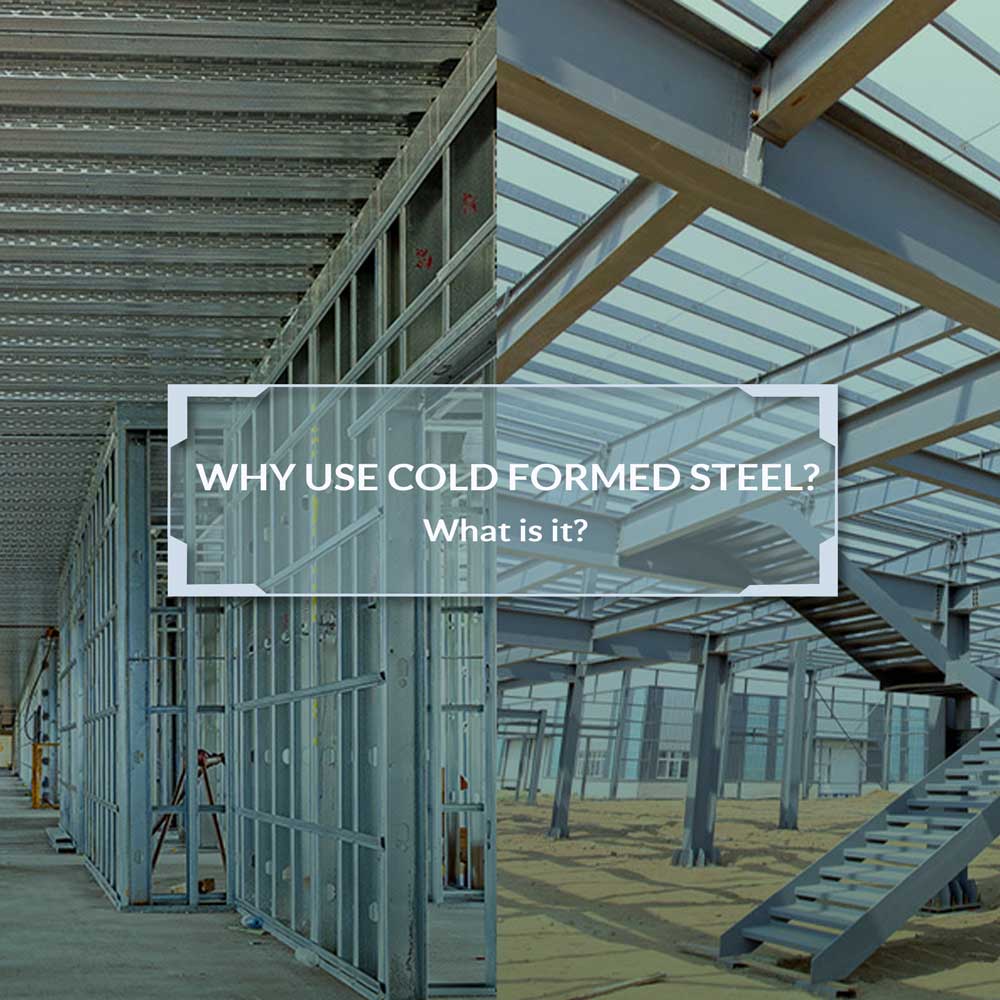What Is Cold-Formed Steel?
Cold-formed steel also known as light gauge steel or metal studs is a type of steel made from structural quality sheet steel that is formed into a “c” or “z” shape. This type of steel can hold heavy loads. It is called “cold-formed” because unlike regular steel that is made with heat, this type of steel is made at room temperature by putting the steel through a series of rollers. Cold-formed steel has varying thicknesses and uses. This type of steel is very sturdy and reliable, and it is becoming one of the most popular contemporary building materials for the foundation and framing of modern structures. Some of these modern structures include student dormitories, assisted living facilities, hotels, and even homes among many others.
How Is Cold-Formed Steel Made?
Cold-formed steel is made in a process that takes a couple of steps.
Cold-formed steel is made with raw steel, which is created by combining iron ore with small amounts of carbon in furnace. Once everything is combined in the furnace, molten steel is poured into slabs. These are turned into thin strips of steel called “hot band” which is than reduced to cold-rolled steel. Zinc is than added through a galvanization process in order to add a protective coating to the material. The material that is created is called a “coil”. This coil is what is turned into cold-formed steel by matching the dimensions requested by the project and then roll forming the steel through series of dies.
This room-temperature process of creating steel allows cold-formed steel to have a certain chemical composition that makes it strong, durable, and light.
Why Use Cold-Form Steel?
Cold-form steel has a lot of benefits. These benefits all come from the characteristics and properties of cold-formed steel.
Cold-formed steel does not shrink or split with time. It does not absorb moisture and is resistant to warping, termites, and to fire. These characteristics help reduce project costs as well as the maintenance of the structure throughout its lifetime.
This material is also very strong and pliable which makes it perfect for versatile environments. It’s a material that can be used in high wind areas, or in earthquake regions. Also, due to its strength, cold-form steel requires less pieces at more distance which makes it cost affective as well as environmentally friendly.
Cold-formed steel is coated with zinc during its creation process. This zinc protects against corrosion for a long time, which reduces the cost of maintenance of any structure constructed using this material.
Since cold-formed steel is lighter than regular steel, it has allowed the construction of taller buildings without the fear of the structure collapsing. It has also made the construction process faster because it makes for easier handling and assembly. That means that less framers are needed on the jobsite which saves money as well as time.
Cold-formed steel is also a material flexible enough to adjust to any small space that traditional steel would have a hard time getting into.
In conclusion, cold-formed steel is a material with many benefits. Among those are its strength, durability, pliability, and cost. It’s a great material to work with, specially for places with environmental risks such as high winds and earthquakes. Its no wonder why cold-formed steel is becoming a favorite among construction professionals.


